No copper, no net-zero
The role of nature’s greenest metal in the energy transition
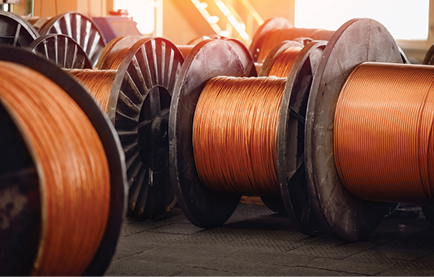
Achieving net-zero by 2050 essentially means completely phasing out fossil fuels in under 30 years. We cannot do that without copper. In this article, we discuss the challenges facing our relationship with this ancient metal.
Humanity’s history with copper goes back almost 10,000 years. Neolithic peoples first used native copper in tools, weapons, and decorative items, and smelting of copper kicked off the Bronze Age about 5,000 years ago. The Romans mainly sourced it from Cyprus, calling it “aes cyprium” (metal of Cyprus). This subsequently became “cuprum,” the origin of the English word “copper.”
In Roman times, copper was predominately used in the empire’s coins and to make brass for specialised uses like ornaments and some aspects of plumbing and architecture. Today however, more than two thirds (70%) of modern copper production are earmarked for electrical applications. Copper is involved at every stage of the electricity system: generating it, transferring it, and using it.
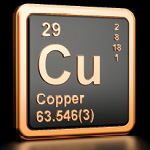
Why copper?
On the journey to net-zero, electricity is our main tool, and the backbone of our electrical system is copper.
Copper is the second most conductive known metal after silver, and more conductive than gold, but the scarcity and price of these two precious metals make them unsuitable for the millions of tonnes required for a global energy network. Copper’s physical properties, such as its ductility and resistance to corrosion make it ideal for countless components like cables, connectors, and coils. Finally, it is the 25th most abundant element in Earth’s crust, and it can be recycled without any significant loss of quality.
Copper’s unique properties solidify its position as the essential material for electrification, the energy transfer system that underpins humanity’s path to net-zero.
More power, faster
As electrical infrastructure develops and standards of living improve around the world, we will naturally need more megawatts of power to meet demand. But a side effect of the green energy transition is that each megawatt of electricity end use will be more copper intensive than fossil fuel alternatives.
The main reason is that renewable electricity generation is much more dispersed than conventional thermal generation from fossil fuels, making it more material intensive. For example, each wind turbine of 1 to 5 MW has its own generator, while a coal fired thermal power plant has one generator of typically 400 MW. A more dispersed generation also means that the grid for transferring electricity from where it is made to where it is needed must expand.
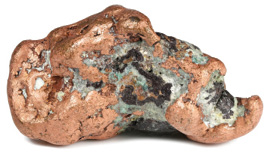
Michigan. CREDIT: BJÖRN WYLEZICH/ADOBE STOCK
In addition, generating electricity from sustainable sources is often weather-dependent. While coal can burn nearly 24/7, wind power needs a consistent breeze, and solar power only works during the daytime. To compensate for natural low-output periods, we will need extra production capability and storage to keep up with demand, meaning more copper for more renewable energy systems. This is another reason why we need a stronger grid: the better all sites of generation and consumption are interconnected, the easier it becomes to tap the electricity from where it is available at that moment.
Generation is one thing, but net-zero means decarbonizing energy at the other end of the chain too: the end user. Carbon-free end-use energy on the roads, for instance, means more electric vehicles, but each requires 2-3 times more copper than an internal combustion engine powered vehicle.
Clean electricity will be the largest consumer of copper by 2040, but copper is also used for some of the non-electrical systems that aid the transition to net-zero. For example, as an excellent thermal conductor, copper is often used in heating and cooling systems, such as those found in heat pumps, which are playing a major role in reducing fossil fuel use for heating.
Finally, the quest for energy efficiency itself is copper-intensive. According to Joule’s law, energy lost as heat in an electrical wire is proportional to resistance and resistance is inversely proportional to wire diameter — so the thicker a copper cable is, the less energy is wasted as heat and therefore the more efficient the system is. This includes the windings of transformers and electric motors. Essentially, the more copper we use in each application, the more energy we save.
Is there enough?
The International Energy Agency has published two scenarios for future copper demand. The Stated Policies Scenario (STEPS) is based on what governments have already pledged to do, and the more aggressive Sustainable Development Scenario (SDS) is based on reaching net-zero by 2050. Both scenarios see annual copper demand increasing to 40 million tonnes by mid-century (from around 26 million tonnes nowadays), either in 2050 for STEPS or 2040 for SDS.
Considering these lofty figures, it is natural to wonder whether Earth has enough copper to meet our requirements. The short answer is yes. Enough resources exist to support the energy transition and meet society’s needs. The question is whether we can extract that copper quickly enough to align with STEPS or SDS.
Primary copper production currently sits at 22 million tonnes annually. Together with 4 million tonnes of recycled copper, this meets current demand of 26 million tonnes. Demand has grown by about 3.3% per year for over a century, doubling about every 30 years. In the past, the drivers for copper demand were population growth, electrification deployment, and electricity usage. Today, it is the green energy transition and improving global standards of living. At present, we have about 41 years’ worth of copper reserves — copper in the ground at operational mines — and up to 250 years’ worth of predicted, but currently unexploited resources.
Surprisingly, the number of years’ worth of copper reserves has been roughly the same for decades. Just like with oil, the scarcer it becomes, the more effort goes into finding more.
It may be possible to reduce our reliance on copper by developing alternatives such as aluminium. Aluminium is about three times lighter than copper, so might be advantageous for use in electricity overhead lines, for example. On the other hand, in space and weight constrained applications, the increased volume of aluminium and surrounding structure required to provide the same functionality as copper makes it unsuitable.
Another area of research is graphene, which is also three times lighter than copper but more than twice as conductive and made from carbon, which is ten times more abundant. It is promising, but the uses of graphene in the electrical industry is a field currently dominated by research, and it will likely be decades before graphene becomes a mainstream alternative to copper.
If growth continues at historical rates and copper production increases in line, as it has done for over 100 years, there is nothing to be concerned about. Meanwhile, changes in the way we produce copper are being introduced.
Low impact production
It is essential that we maximize copper recycling to keep secondary copper in circulation. Electrical copper’s properties, such as purity, favour recycling and doing so is much less impactful than mining. However, current recycling of pre- and post-consumer scrap (10 million tonnes) provides just a third of today’s demand and a fifth of 2040’s SDS. Furthermore, post-consumer scrap only becomes available after the lifespan of the equipment has passed, around 30 years for a transformer, for instance.
Green copper
For now, at least, mining existing resources for primary copper is essential. In fact, without mining, there can be no net-zero. While zero-impact mining is impossible, mining must be responsible — a careful balance of economic, environmental, political, and social challenges.
In some cases, that balance is hard to strike, as evidenced by the closure of one of the world’s largest open pit copper mines in late 2023. In response to nationwide protests ranging from environmental concerns to corruption suspicions, Panama’s top court ruled that Canadian miner First Quantum Minerals’ contract at Cobre Panama was unconstitutional and forced it to shut down operations at the mine. The site in Donoso employed 7,000 people, accounted for around 5% of Panama’s gross domestic product and 1% of global copper output.
International collaboration and sharing of ideas and expertise at events like CWIEME Berlin help the industry collaborate and do its part to maximize the benefits of copper use and reduce the environmental impact of copper production.
For example, 0.2% of global carbon emissions come from the production cycle of copper, from mining to refining and production. While this is much less than the emissions copper helps prevent, the members of the International Copper Association have committed to the ambition of reaching net-zero for Scope 1 and 2 emissions by 2050. Or consider “The Copper Mark,” an industry-wide standard to encourage the responsible production, sourcing, and recycling of copper and other critical metals. Based on 32 indicators, the certification is designed to cover social and environmental themes, from social engagement and prevention of child labour to responsible use of water and management of resources.
Humans have been using copper to make life better for thousands of years and, with the right approach, we can continue using it for thousands more — perhaps its greatest era is still to come.
Bruno De Wachter and Fernando Nuño are representatives of the International Copper Association and members of the advisory board of International Electrical Engineering trade show, CWIEME Berlin.
A slightly modified version of this article has been published elsewhere earlier this year and is republished based on a request from the authors and their representatives.
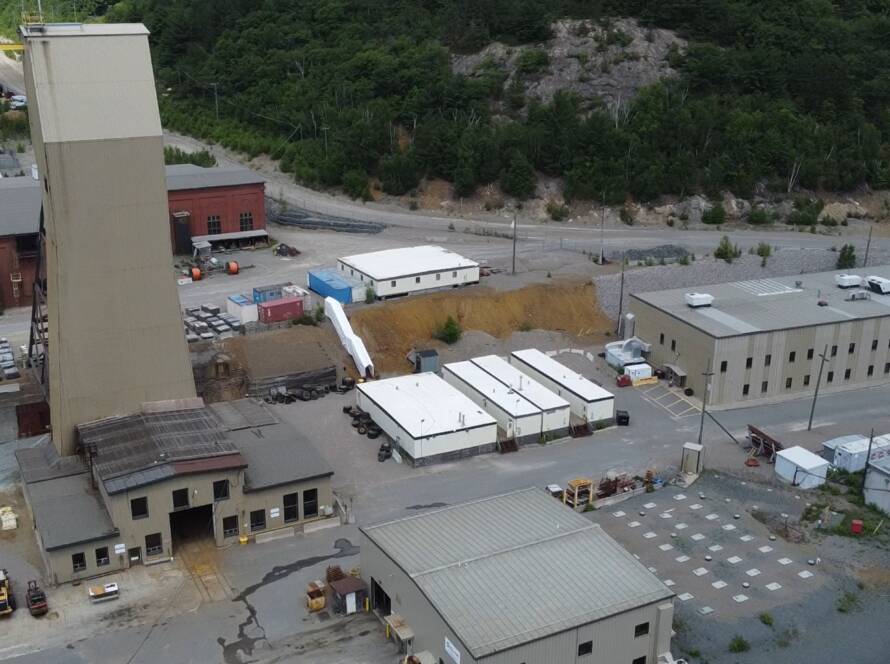
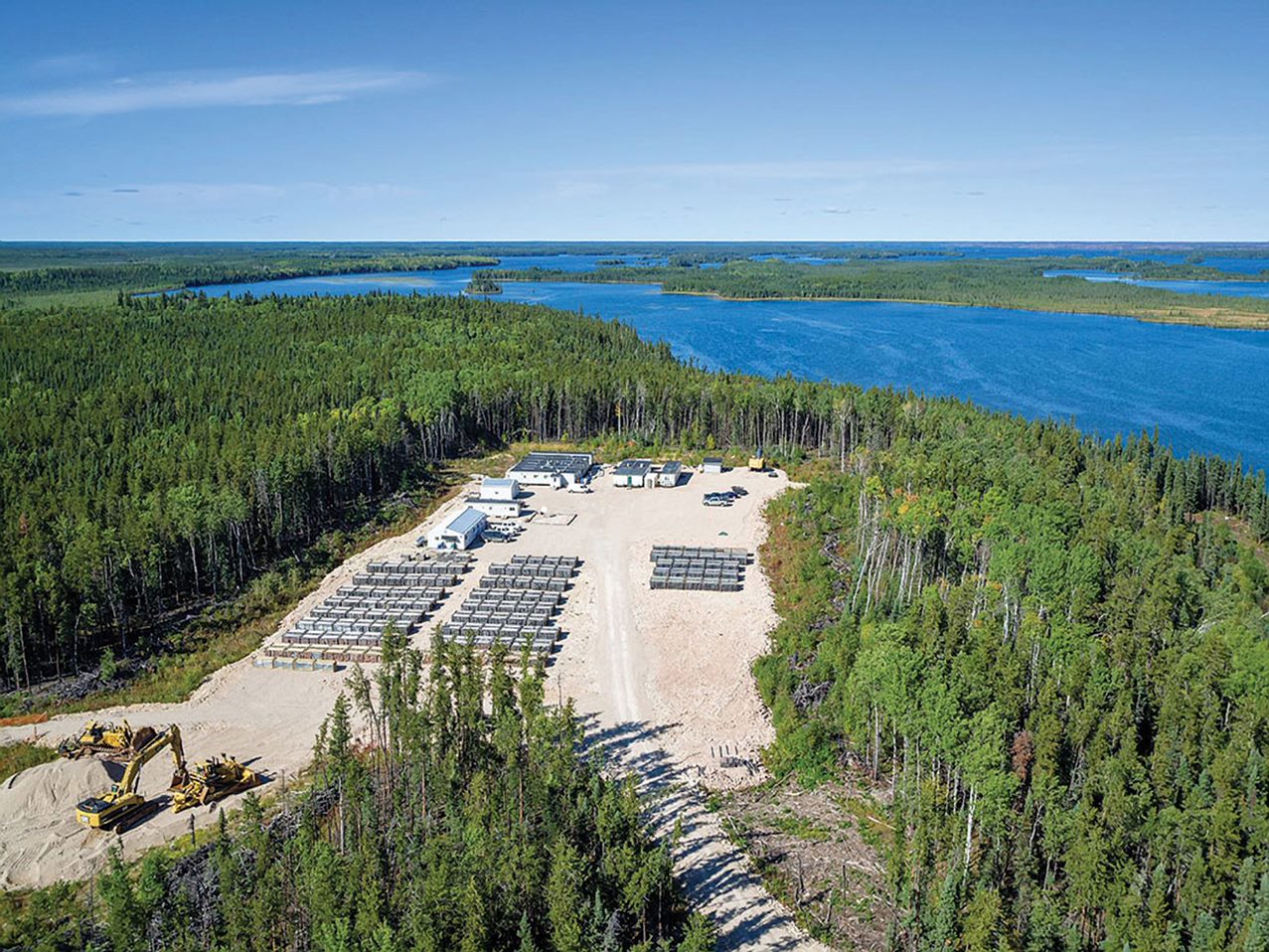
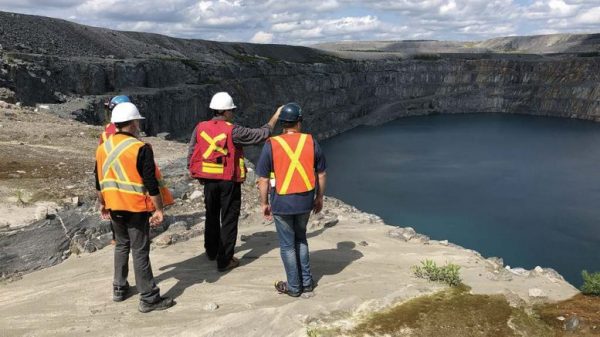
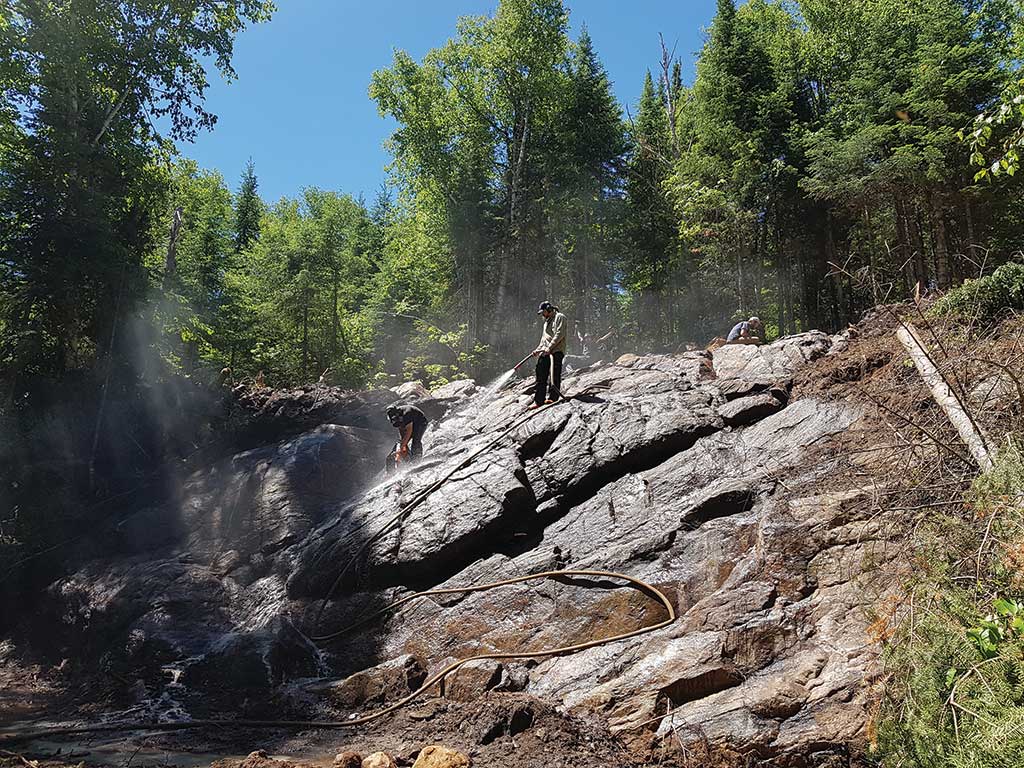
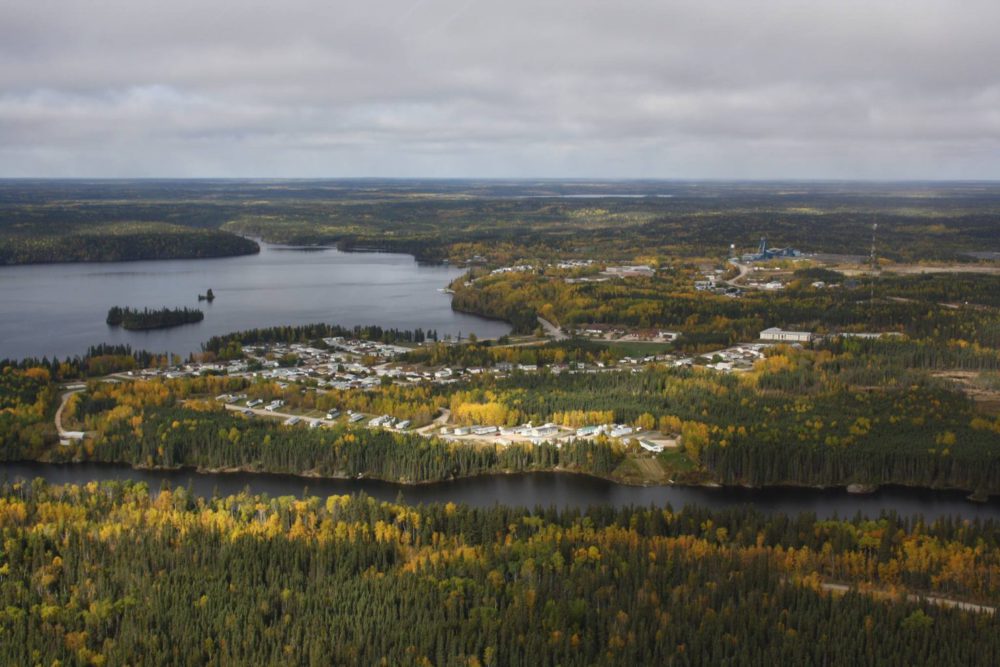
Comments